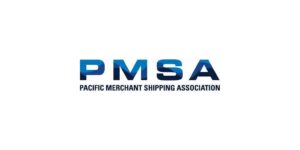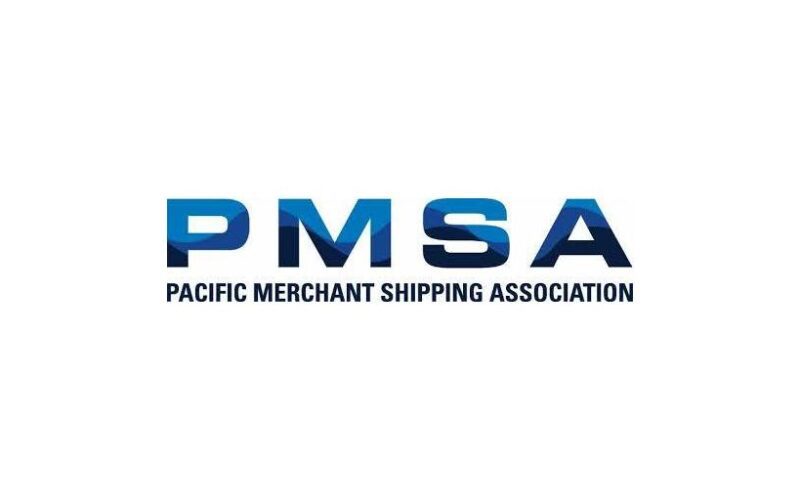
Most of the West Coast seaports tracked by the Pacific Merchant Shipping Association showed imports in August decline from the same time a year ago, according to the organization’s latest West Coast Trade Report, which was released Oct. 25.
The Port of Los Angeles posted a 16.9% drop from 485,672 TEUs in August 2021 to 403,602 TEUs in August 2022, while the Port of Long Beach showed a 5.6% dip from 407,426 TEUs in August 2021 to 384,530 TEUs in August 2022.
The Port of Oakland saw imports dip by 10.2% from 97,850 TEUs in August 2021 to 87,844 TEUs in August 2022 and the Port of San Diego saw a 21.5% tumble from 7,498 TEUs in August 2021 to 5,886 TEUs in August 2022.
Meanwhile, the Northwest Seaport Alliance, comprising the marine operations of the Seattle and Tacoma seaports, showed a 11.1% drop from 114,971 TEUs in August 2021 to 102,157 TEUs in August 2022.
Only the Port of Hueneme in Ventura County, Calif. posted an increase with a 33% surge from 8,084 TEUs in August 2021 to 10,825 TEUs in August 2022.
PMSA, in particular, focused on L.A.’s numbers, declaring that August at the Port of Los Angeles “was the port’s worst August for container volumes in years.” Los Angeles brought in 403,602 of imported TEUs, the fewest in any August since 2014, according to the organization.
August also saw the Port of New York/New Jersey besting L.A. in loaded inbounds, moving 428,721 TEUs. Overall, New York/New Jersey handled 843,191 TEUs in cargo in August, 4.7% more than LA’s 805,460 TEUs in overall volumes, making the East Coast gateway the busiest seaport in the U.S. for the month.
When initial numbers for August came out in September, Port of LA Executive Director Gene Seroka said that fall and winter goods that usually arrive in August shipped earlier to ensure that products would make it in time for the holiday season. He also raised concerns about inflation and heightened inventory levels, which have made some retailers and e-commerce sellers more cautious.
Whether the month of August signals a trend remains to be seen, PMSA said.
“But PNYNJ’s momentary victory can’t simply be viewed solely in the context of two iconic ports duking it out,” according to the report. “If this is really to be regarded as a contest between America’s two largest metropolitan areas, you can’t very well not include a very formidable third party, the Port of LA’s next-door neighbor.”
That’s the Port of Long Beach, which ranked No. 1 in loaded exports in August among U.S. ports with 121,408 TEUs. Behind it was the Port of Savannah with 119,192 TEUs, Port of Houston with 116,841 TEUs, New York/New Jersey with 109,058 TEUs and Los Angeles with 102,319 TEUs.

